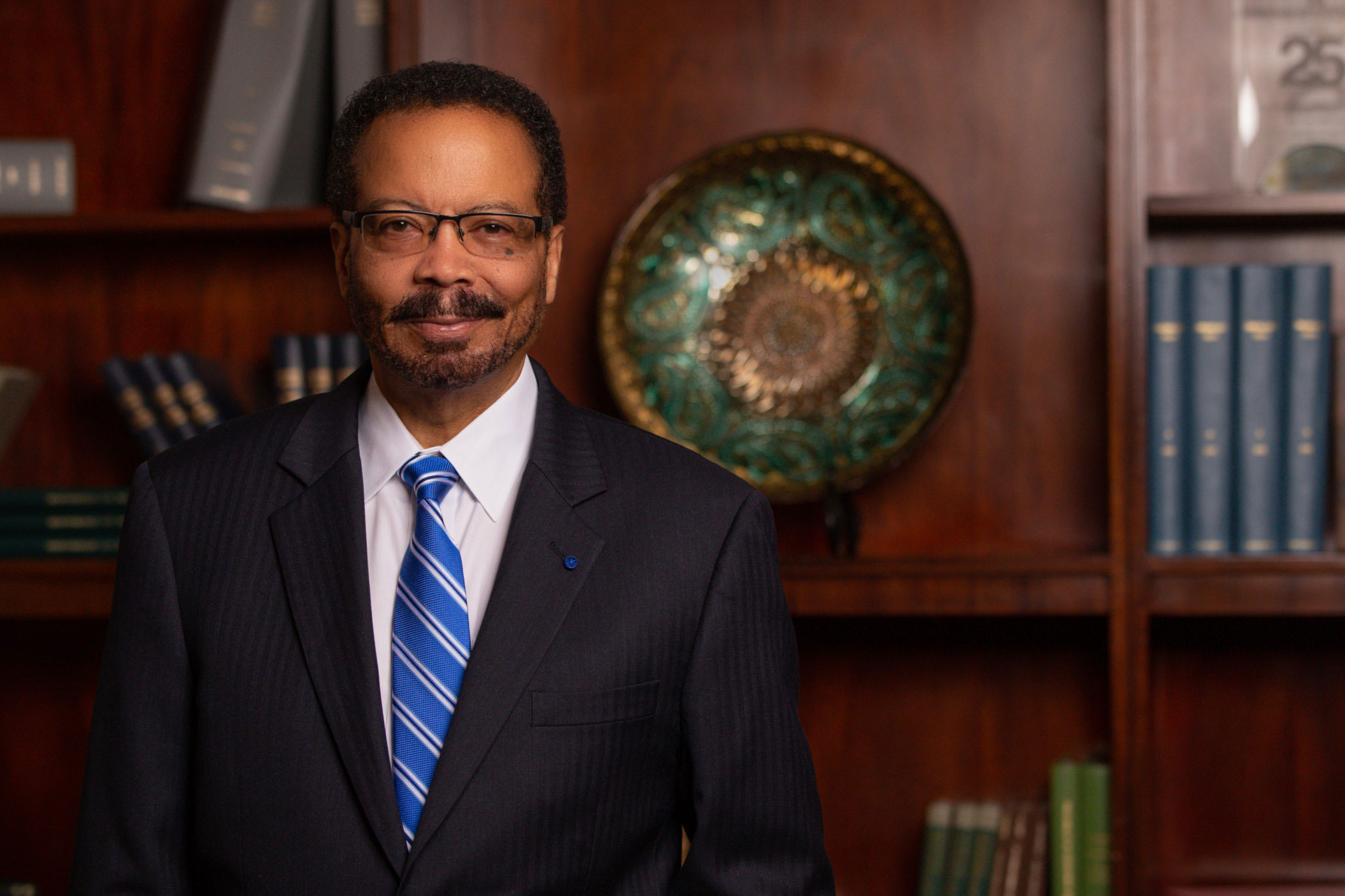Lifelong “Physicianeer” Trains a New Generation to Solve Problems in Health Care
-
-
Slice of MIT
Filed Under
Recommended

It’s tough to take a picture of a beating heart, but Roderic Pettigrew PhD ’77 was one of the industrial and academic pioneers of a successful technique—cardiovascular magnetic resonance imaging—in the early 1980s, soon after completing his medical residency.
That achievement marked the start of Pettigrew’s long and successful career working at the intersection of engineering and medicine. The founding director of the National Institute of Biomedical Imaging and Bioengineering (NIBIB) at the National Institutes of Health from 2002 to 2017, Pettigrew was honored in 2020 with the Vannevar Bush Award from the National Science Board. Considered one of the nation’s highest science honors, the award recognizes leaders who have made substantial contributions to the welfare of the nation through public service in science, technology, and policy.
Today, Pettigrew leads an ambitious new educational initiative, designed to integrate engineering into the health disciplines, at Texas A&M University in alliance with Houston Methodist Hospital. Graduates of Engineering Medicine (EnMed), which launched in 2019, earn MD and MEng degrees simultaneously in four years. As CEO of the umbrella initiative, Engineering Health (EnHealth), and executive dean of EnMed, Pettigrew hopes to train a new generation of innovation-minded, problem-solving doctors known as “physicianeers.”
“I came out of MIT really focused on discovery to solve real-world problems, and I’m still trying to solve real-world problems—and that’s what I’m trying to train these students to do,” Pettigrew says, noting that one unique requirement of EnMed is that students must invent a solution to a health care problem. “We’re trying to formally train the next generation of students to have this blended, integrated, and converged understanding of life sciences and engineering.”
I came out of MIT really focused on discovery to solve real-world problems, and I’m still trying to solve real-world problems—and that’s what I’m trying to train these students to do.
By converging disciplines, he explains, the program hopes to accelerate creative thinking. “When people from traditionally separate disciplines come together, they can generate new ideas and practical innovations that change the world. That’s the kind of thing we expect to happen,” he says. Merging disciplinary perspectives, he adds, leads to “a mind that’s primed to be inventive and problem solving.”
A native of Georgia, Pettigrew grew up in the segregated South and studied physics at Morehouse College as a Merrill Scholar. He first experienced a racially integrated classroom while studying abroad in Vienna. His upbringing made him “sensitive to the plight of man and mankind,” he says. “I wanted to make the most impactful contribution I could to improve the human condition.”
Drawn to MIT by the prospect of putting his physics knowledge to use in the emerging field of nuclear technologies applied to medicine, Pettigrew conducted his PhD research on boron neutron capture therapy, a promising treatment for glioblastoma multiforme, the deadliest type of brain tumor.
The tumor treatment never came into broad use, but Pettigrew says the research inspired him to attend medical school. He earned an accelerated MD from the University of Miami in a program restricted to those with existing science PhDs, completed his medical residencies at Emory University and the University of California San Diego, and then went to Picker International to work on a then-new technology for imaging the human body: nuclear magnetic resonance (now known as magnetic resonance imaging, or MRI).
“I focused specifically on cardiac imaging,” he says, noting that the challenge was how to image the beating heart—since MRI is a highly motion-sensitive technology. “The idea was to use an ECG (electrocardiogram) as a gating signal to trigger the scanner.” Success came when the team figured out how to get the ECG’s electrical signal out of the scanner’s magnetic field and into the computer and found a way to design the sequence of data acquisition steps to maintain signal fidelity.
“I personally installed the initial company software for cardiac imaging on the first 10 scanners that Picker sold worldwide,” Pettigrew says.
For many years after that, Pettigrew researched and perfected noninvasive cardiac imaging as an academic. He was a professor of radiology and cardiology at Emory University, professor of bioengineering at the Georgia Institute of Technology, and director of the Emory Center for Magnetic Resonance Research at the Emory University School of Medicine before he was tapped to lead NIBIB.
Pettigrew’s work at NIBIB focused on integrating the physical sciences, life sciences, and engineering to improve human health—and he is continuing to pursue that convergence at EnHealth.
“The common thread, which dates back to my time at MIT, is bringing multiple disciplines together in natural synergy to improve the understanding of human biology, physiology, disease, and health, and to engineer more precise ways to prevent, detect, and cure disease,” says Pettigrew. “The outcome is precision health. That was the goal at NIBIB, and that is the goal now in EnMed.”
Portrait of Roderic Pettigrew by Mark Guerrero/Texas A&M University.







